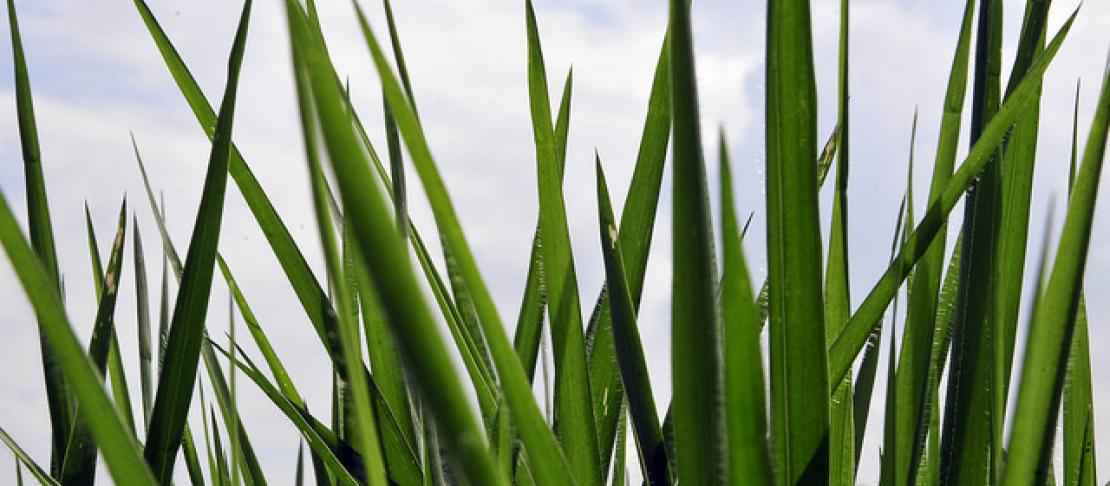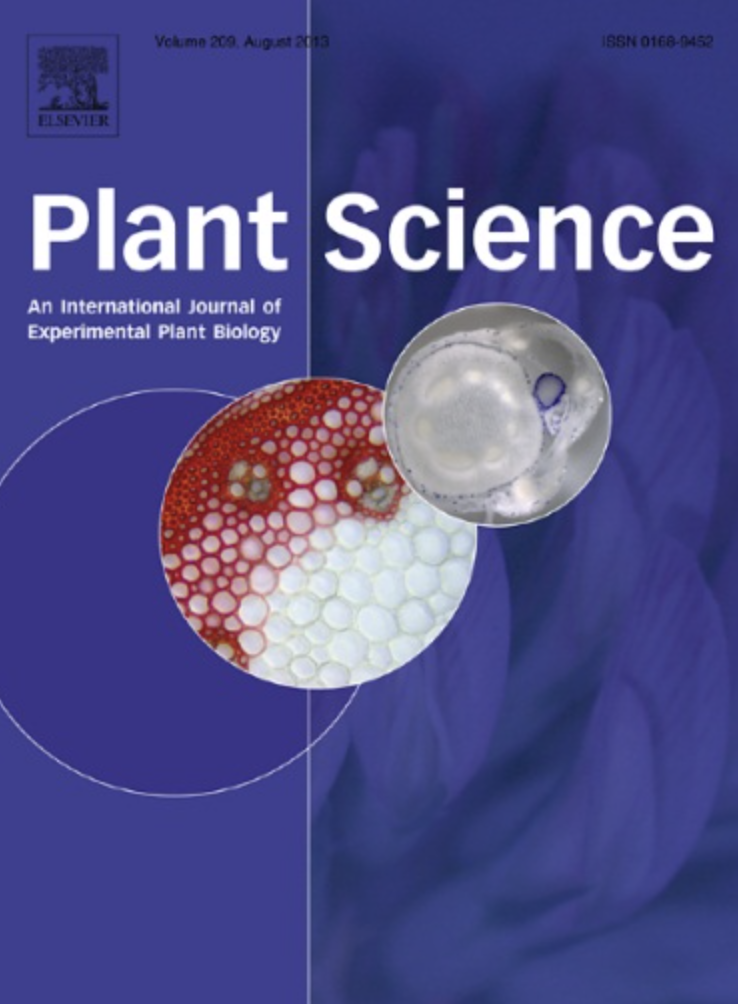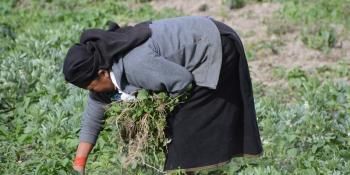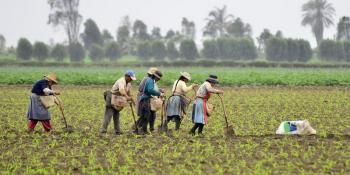Could nitrogen-efficient crops be a transformative, food-secure solution to reducing nitrous oxide emissions?

Transferring a biological nitrification inhibition (BNI) trait to food and feed crops would decrease nitrous oxide emissions and save farmers money on fertilizers.
Farmers may have an alternative to applying nitrogen fertilizers. A new study in the journal Plant Science suggests an option to boost crop productivity and dramatically reduce greenhouse gas emissions.
 The study describes certain plants that possess a trait known as biological nitrification inhibition (BNI), by which the plants suppress the loss of nitrogen (N) from the soil and improve the efficiency of its uptake and use by themselves and other plants.
The study describes certain plants that possess a trait known as biological nitrification inhibition (BNI), by which the plants suppress the loss of nitrogen (N) from the soil and improve the efficiency of its uptake and use by themselves and other plants.
The authors, who form part of a new BNI research consortium, propose transferring the BNI trait from those plants to critical food and feed crops, such as wheat, sorghum and Brachiaria range grasses. Because it is difficult and costly to transfer the genetically-complex BNI trait into elite crop varieties while preserving high yield potential and other desirable qualities, widespread use of BNI crops will take several years.
Guntur Subbarao, a researcher with Japan’s International Research Center for Agricultural Sciences (JIRCAS) and lead author of the study, and colleagues are calling for major research investments to have high BNI food and forage crops grown widely across the globe by 2050 and thus help to meet the goal of limiting global temperature increases to 2 degrees Celsius above pre-industrial levels.
“Dramatically reducing nitrous oxide emissions from agriculture requires a complex, integrated approach that includes more precisely calculating and applying fertilizer doses,” Subbarao said. “But the beauty of BNI technology is that it works with and reinforces biological processes, and all you’ll need to do is sow a seed.”
BNI technology typifies the transformation needed in the current agricultural model and practices, to meet 21st century food production challenges.
“Feeding a global population projected to exceed 9 billion by 2050 will place a tremendous strain on agri-food systems and the environment,” Masa Iwanaga, the president of JIRCAS, said. “At the same time, agriculture is not merely a commodity-producing industry, but part of a larger ecosystem that offers life support and services to human society.”
Download the article: Subbarao GV, Arango J, Masahiro K, Hooper AM, Yoshihashi Y, Ando Y, Nakahara K, Deshpande S, Ortiz-Monasterio I, Ishitani M, Peters M, Chirinda N, Wollenberg E, Lata JC, Gerard B, Tobita S, Rao IM, Braun HJ, Kommerell V, Tohme J, Iwanaga M. 2017. Genetic mitigation strategies to tackle agricultural GHG emissions: The case for biological nitrification inhibition technology. Plant Science.
Led by Japan’s International Research Center for Agricultural Sciences (JIRCAS), the BNI research consortium includes the International Maize and Wheat Improvement Center (CIMMYT), the CGIAR Research Programs on Climate Change, Agriculture and Food Security (CCAFS), Dryland Cereals, Livestock and Fish, Maize, and Wheat, and the Institute of Ecology and Environmental Sciences, University of Paris, Diderot, France; the Center for Ecology, Evolution and Environmental Changes, University of Portugal; Nanjing Agricultural University, China; the Indian Institute of Millet Research (IIMR), Hyderabad; the Department of Crop Production and Ecology, SLU, Uppasala, Sweden; the Advanced Analysis Center and the Hokkaido Wheat Research Station, both of the National Agriculture and Food Research Organization (NARO), Japan; and the National Institute for Agro-Environmental Sciences (NIAES), Japan.
Julianna White is the Program Manager and Communications Specialist for Low-Emissions Development flagship. She adapted this news update from this press release published by CIMMYT.



